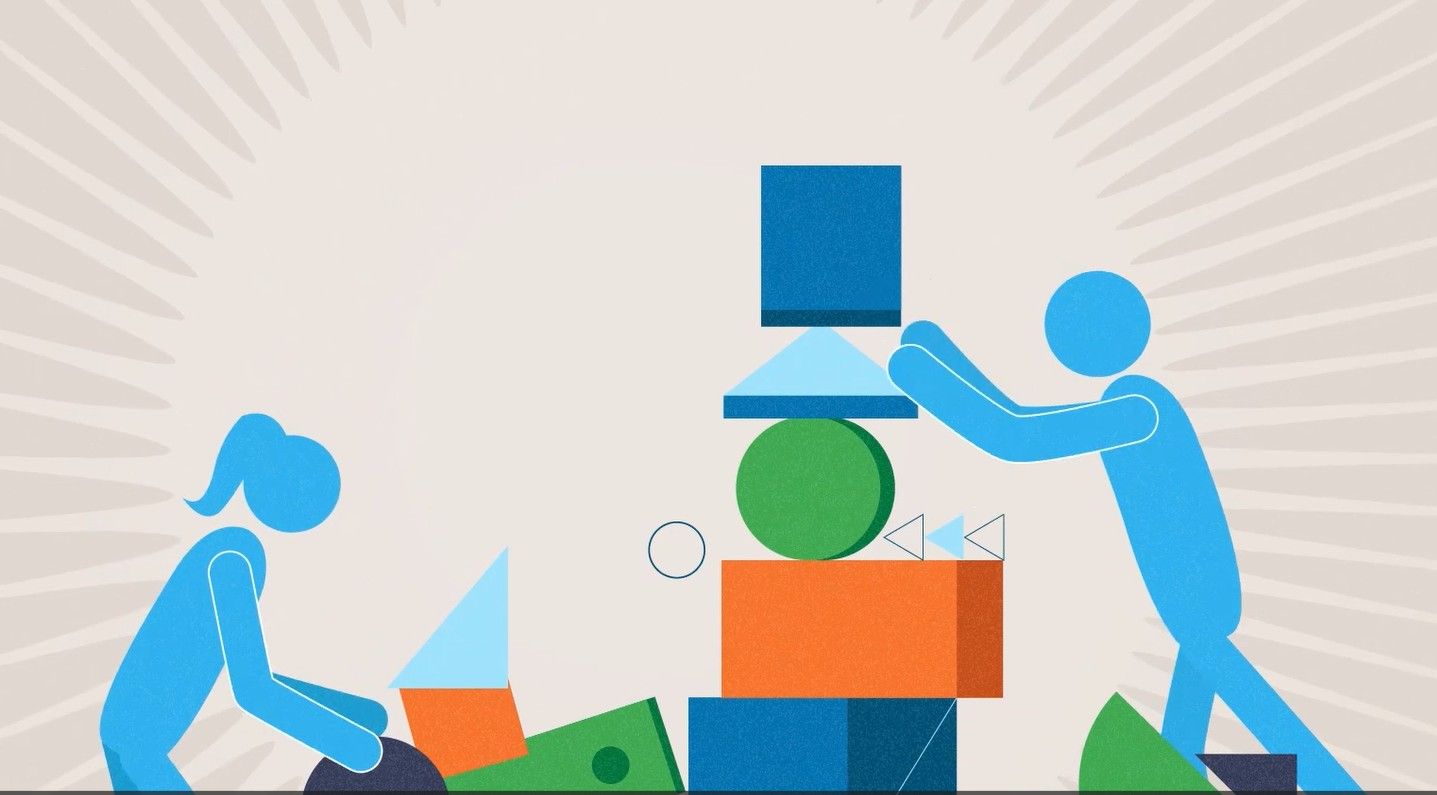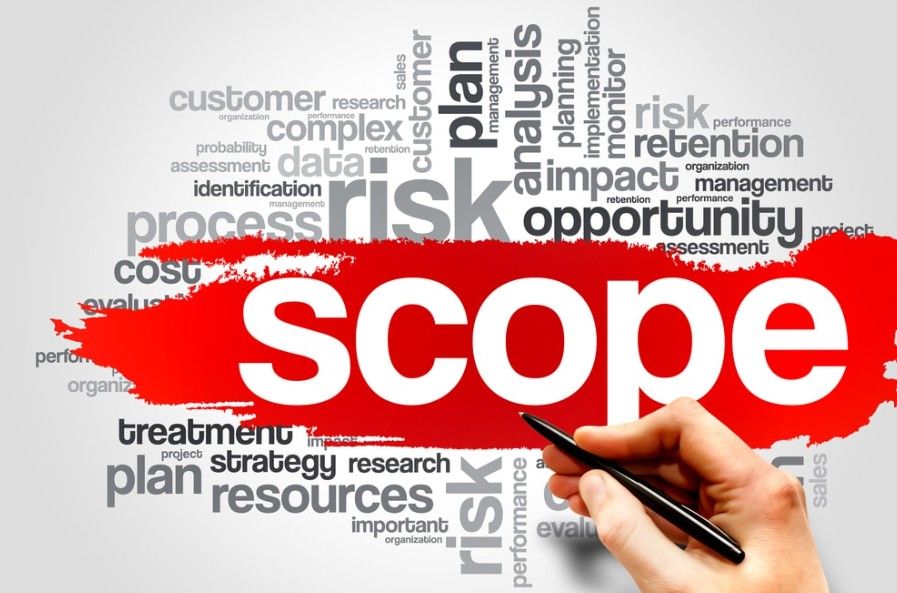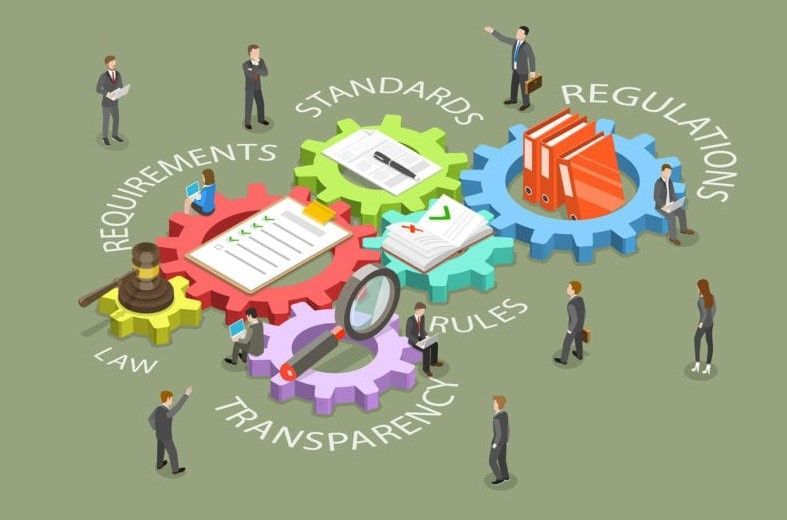New Product Launches Need a New Product Sales Process
August 14, 2025
Here’s some timeless advice on launching new products and helping them really take off. The secret? Don’t just educate—persuade.
About twenty years ago The Wall Street Journal listed, in order, these seven phases of a government program gone south.* We stick to our knitting here—which is business, not government. But we noticed then that these same phases often applied to failed new product or new service launches. And we think they still do, though in new ways. These are the 7 Phases:
- Wild Enthusiasm
- Feverish Activity
- Confusion
- Escape of the Enlightened
- Search for the Guilty
- Punishment of the Innocent
- Promotion of the Non-Participants.
The Journal was using tongue-in-cheek humor to make a point. Unfortunately, there’s nothing funny about a stalled or failed product launch.
In our experience, there are at least two areas where we believe companies are vulnerable to launch failure:
Failure #1: No market need. It doesn’t happen often, but over the years we’ve seen companies create—and try to sell—cures for which there is no disease. In this case, that means no one in the targeted market really wants or needs the product. For example, someone may have written impressive software that doesn’t address a real problem or offer enough value to justify someone paying for it. A software product developed fifteen years ago, for instance, was seen as a great leap forward in tracking student behavior and offering communication channels for parents, teachers, and students. Most prospective school systems that looked at it said it would be “interesting” to have—but not “essential”—and could not justify the cost. And, of course, there were concerns about privacy.
Remedy: Well, first consult the 7 Phases. Even though in the model they apply to the creators of the product, in this case, #1 is a requirement for the buyers. This product failed to meet even the first threshold—there was no “wild enthusiasm” among those who mattered most. One more caveat to keep in mind: “Value is always in the eye of the buyer, not the seller.”
Second, for marketers who haven’t seen the 7 Phases, do some market research. It comes in a variety of forms and doesn’t have to be expensive. What if the makers had simply talked to five parents, five teachers and administrators, and five students about the product? They would have gotten an immediate, off-the-cuff reaction telling them that the product was not worth pursuing—or, at least, not without a promotion budget a Hollywood movie producer would envy.
Do some research before launching or, even better, before investing significant time, effort, or money in an idea at all. Over the years we’ve provided clients with valuable insights after performing telephone and in-person interviews with management, customers, prospects, and lost prospects. Market research can result in high returns for relatively little investment.
Failure #2: No custom sales process. For any major purchase, and business-to-business purchases generally fall into that category, prospective customers must understand and appreciate the full value of the product or service—to them. The modified caveat here: “Value is in the heart and mind of the buyer, not the seller.” While a shiny new object might catch a buyer’s eye, it rarely wins the hearts and minds needed for a big purchase that could make or break a buyer’s career or an owner’s company.
Remedy: In our experience, canned, “Hey, look at me!” pitches about features and benefits don’t work nearly so well as customized sales processes . The reason is that canned pitches simply educate , while customized sales processes educate and persuade.
That’s a big difference that about 80 percent of business-to-business salespeople don’t understand or don’t know how to put into practice. We’ve found that about 20 percent of salespeople and other business developers account for 80 percent of all new sales. The reason is that they know how to communicate value beyond features and benefits. Part of the way they do that is to help buyers discover value themselves—or find there isn’t any. Either way, that discovery is good for both the buyer and the seller because they can move on to seal the deal or just move on.
So what is a customized sales process that goes beyond education to persuasion?
It’s a planned business-to-business sales process that can be customized for each prospect. (The same big-sale thinking applies to business-to-government selling and development activities for not-for-profits.) This is especially important if the product or service is “new to the world,” where there has never been anything like it. And that makes sense. Buyers have virtually nothing with which to compare a new-to-the world product, and the challenge is double-edged: Educating about the use of the new product and persuading about its value. A buyer must be doubly convinced to trust a seller.
Here’s an example of how a new-to-the-world service benefited from a customized, consultative sales process.
In the early 1990s, lease management in commercial real estate didn’t exist the way it does today—that is, until IBM sublet a significant amount of space in its building in Chicago and faced a problem. While the iconic computer company used a proprietary lease administration system for itself as a tenant, that system didn’t satisfy its needs as a landlord. It didn’t handle both sides of the landlord-tenant equation—in other words, it couldn’t administer the rent collection process.
As a result, a valuable, new-to-the-world service called “lease management” was developed: One system satisfied the complete equation. Wouldn’t other Fortune 500 corporations with tens of thousands of leases to manage want to use the system?
The head-scratching answer was no, they would not, at least not in response to the sales process being used. After several attempts, the only buyer was the first buyer—IBM. We were brought in to fix the problem and saw that a weak sales process—a traditional educational sales pitch approach—was probably the culprit. Trying to sell a sophisticated, high-priced, high-risk, unknown service with the same simple transactional process that’s used to make small sales just doesn’t work nearly so well for complex business-to-business sales.
The 20 percent of salespeople who bring in 80 percent of all new business know that. They use a different, customized sales process to great advantage to beat their competition, increase corporate sales, and build solid, high-commission careers for themselves.
Long story short: We changed the sales process, trained the salespeople in how to use it, and watched the number of sales triple within 90 days. Hundreds of salespeople, professional services firm business developers (attorneys and engineers, for example), and senior executives, including CEOs, have profited from our help.
And we can do it for your company, firm, or not-for-profit development arm or even board of trustees. Our popular consultative selling course FOCIS® is how you can learn to develop or improve consultative selling skills, build an effective sales process, and customize it to your industry, markets, and prospects.
Please get in touch. We want to help you increase the odds of achieving success. If you are launching a new product or service, we will help you avoid the seven phases of a failed launch.
Call us at 847-446-0008 Ext 1 , email pkrone@productivestrategies.com. or ask us for The Top 5 Ways to Create Value during the Sales Call at www.productivestrategies.com
*July 6, 1989
The post New Product Launches Need a New Product Sales Process appeared first on Productive Strategies, Inc..










